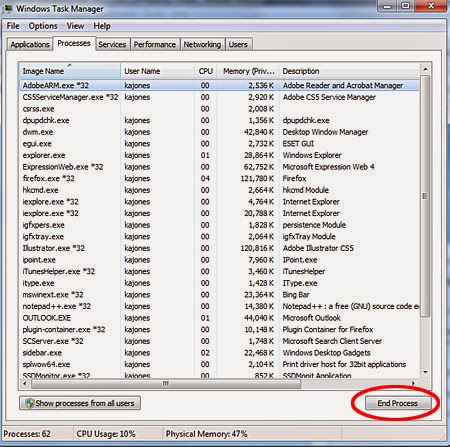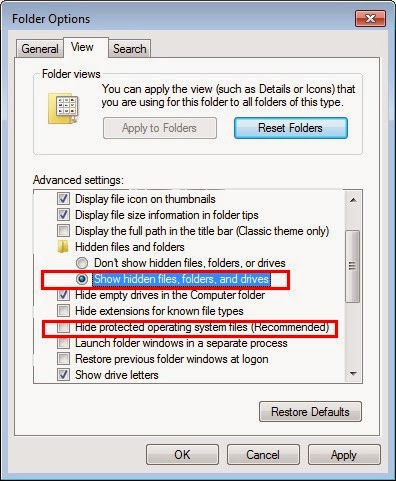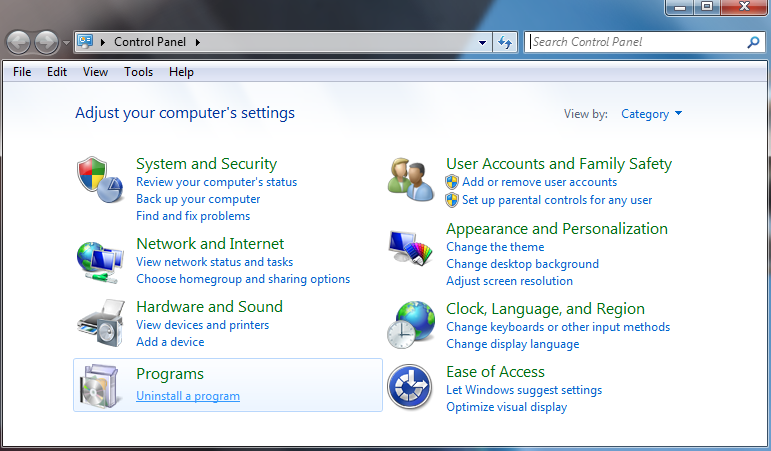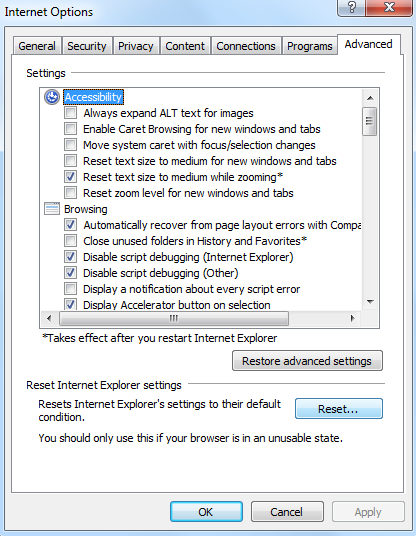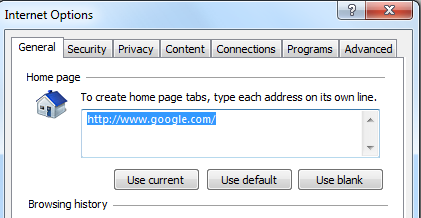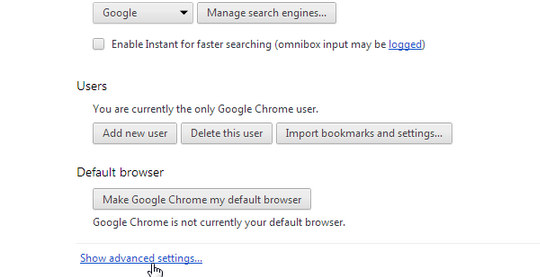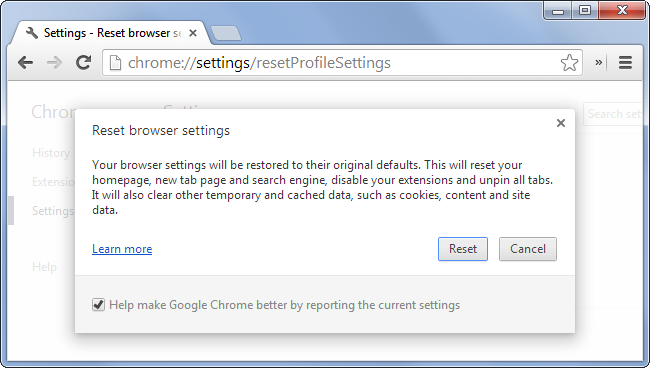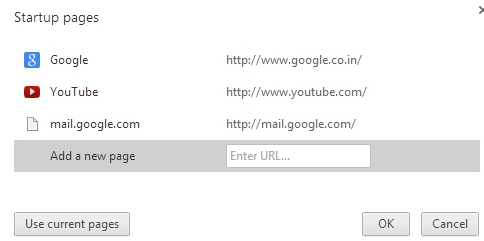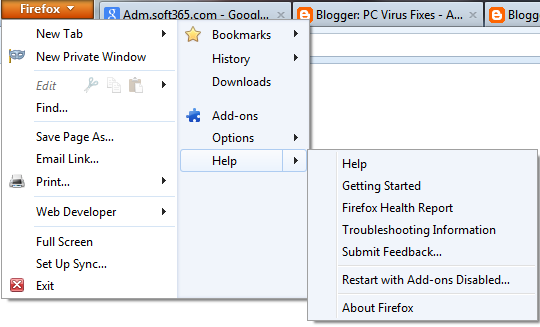Get Rid of Searches.qone8.com Virus (Manual Removal Guide)
Your Chrome and Firefox are hijacked by
Searches.qone8.com? It is really depressed. If you can’t remove this
Searches.qone8.com via your antivirus program, you can read this post and
follow the removal guide to solve your problem.
Searches.qone8.com Is Malicious
Searches.qone8.com, who comes from browser hijacker family, can
cause many troubles and inconveniences to victims. This browser hijacker often
masks as a search page to cheat people. If you encounter this browser hijacker,
you should be careful. It is reported that this browser hijacker has the
ability to take over your browser and replace your homepage as well as search
engine. Meanwhile, it won't allow you to visit any normal websites. What this
browser hijacker wants for you is to visit some sponsored websites. It
frequently causes redirections to unknown websites so as to help third parties
collect network traffic. And its maker will get paid when sponsors get revenue.
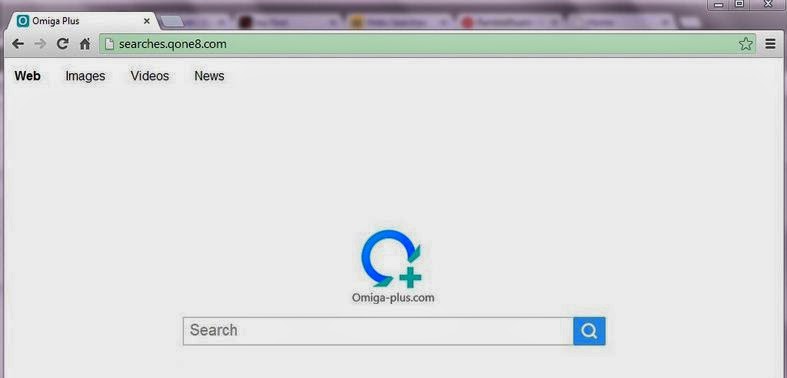
In addition to redirection, this Searches.qone8.com also displays innumerous
commercial ads and text-links at your browser. Especially when you search
online, all search results don't match up with your searching queries. Lots of
annoying ads and hyperlinks appear unexpectedly. Once you click on these
unrelated search results, you’ll be misled into unverified websites which
display various products and services. If you carelessly enter some hacked
websites, your machine would get infected with horrible computer threats. To prevent
this Searches.qone8.com browser hijacker from causing much worse consequence,
you ought to try your best to get rid of Searches.qone8.com as fast as you can.
How to Remove Searches.qone8.com Virus
Step 1: Press Ctrl+ALT+Del
keys at the same time to open Task Manager. End the process of
Searches.qone8.com.
Step 2: Remove the files of Searches.qone8.com. Open Start Menu and
then go to Control Panel. Then use the search bar to look for Folder Option.
Check Show hidden files and folders and un-check Hide protected operating
system files (Recommended) in the View tab of Folder Option window.
%UserProfile%\Application Data\Microsoft\[random].exe
%User Profile%\Local Settings\Temp
%Documents and Settings%\All Users\Start Menu\Programs\Searches.Qone8.com
%Documents and Settings%\All Users\Application Data\Searches.Qone8.com
%Program Files%\Searches.Qone8.com
Step 3: Delete Searches.qone8.com registry entries from your PC.
Click start button and search for regedit to open Registry Editor.
HKEY_LOCAL_MACHINE\SOFTWARE\Microsoft\Windows\CurrentVersion\Uninstall\Searches.Qone8.com
HKEY_LOCAL_MACHINE\SOFTWARE\Searches.Qone8.com
HKEY_CURRENT_USER\Software\Searches.Qone8.com
Step4: Click Start button and select Control Panel. Then click
Programs, uninstall all suspicious programs from your PC.
After disabling all suspicious programs on your browser, you also
need to reset the browser to the original state, which can make sure that this
virus never comes back. Before beginning, you will lose your bookmarks and
other personal information when you restore your browser.
Reset the settings of Internet Explorer
1. Open the IE, click the wrench icon and select Internet Options.
2. Move to Advance tab, click the Reset button.
3. Tick the Delete personal settings check-box and click Reset
button.
4. In General tab, you can add a new URL on Home page box and set it
as your default homepage.
Reset the settings of Google Chrome
1. Open the Chrome, click the three stripes icon and select
Settings.
2. Scroll down to the end of the configuration page, search for Show
advanced settings.
3. Look at Reset browser settings button and click it.
4. Reset browser settings via clicking the reset button.
5. Scroll down the page again and look for Open a specific page or
set of pages, click on their Set Pages. Another window will show up. Here you
will seethe bunch of URLs under “Set pages”. Delete all them and then enter
only one which you want to use as your home page.
Reset the settings of Mozilla Firefox
1. Open Firefox, and click the Firefox button.
2. Select Help and click Troubleshooting Information.
3. Click the Reset Firefox button.



